We told you a forced induction future is nigh a short while ago, and Kawasaki is proving us right with the Balanced Supercharged Engine display at the Tokyo Motor Show just getting underway.
We hope to have a bit more information later, but for now we simply have these images from Kawasaki’s Show web site. The rendering of the Concept SC 01 above may be a hint at a future production model as well. The engine concept, itself, appears to be a four-cylinder. Stay tuned for more as the show develops, but in the meantime, here is Kawasaki’s statement issued in connection with the event:
Kawasaki motorcycles are often described as being “different than other bikes.” This is most likely the result of certain principles that we have when it comes to designing motorcycles. There are three principles, each related to how the ride experience offered by a Kawasaki is crafted.
Principle 1: Our bikes should possess both Power and Gentleness
The Z1, GPz900R, ZZR, Ninja H2 and H2R – all set the standard for performance of their time. Designed with the goal of being the most powerful machines in the world, Kawasaki motorcycles have always been synonymous with Power. However, this pursuit of power and top speed has not produced a fleet of violent, untameable machines. Rather our bikes also possess a Gentleness that gives riders the peace of mind to enjoy riding them. Kawasaki motorcycles are easy to ride around town, comfortable enough for relaxed touring with friends. And when the mood suits, they will happily unleash their eye-widening performance.
Possessing both Power and Gentleness, Kawasaki motorcycles deliver exhilaration and pleasure whenever and wherever you ride.
Principle 2: Our bikes should be fun and rewarding to control
Kawasaki motorcycles are not commuters designed for convenience and comfort. Neither are they soulless machines that behave the same way no matter who is at the controls.
Kawasaki motorcycles were designed for riders. Through active control, riders can work on their riding technique, draw out their machine’s potential, and derive pleasure in the process. Interacting with a Kawasaki is a treat for all five senses; subtle input is rewarded with precise response as the motorcycle traces the rider’s intended line through the corner.
By putting control in the hands of the rider, Kawasaki motorcycles offer a fun and rewarding riding experience.
Principle 3: Pursue all possibilities
With experience producing ships, rolling stock, aircraft and rockets, the Kawasaki Group is used to dealing with performance, durability and reliability requirements far beyond the range of general consumer products. We are able to draw on cutting-edge technology and ideas from a wide range of fields as we work towards our mission to enrich the lives of people around the world.
When it comes to the world of motorcycles, we firmly believe that the ride experience is the key to enriching a rider’s life. We actively seek technologies from other fields as we pursue all possibilities to ensure that our machines possess both Power and Gentleness, and are Fun and Rewarding to Control.
Infused with the same collective technology and know-how that we use to build a better future for mankind and the planet, Kawasaki motorcycles could be said to be a distillation of the most advanced technology the world has to offer.
Together these three principles can be expressed by the term RIDEOLOGY (Ride + Ideology). This rider-centric development philosophy has been the force behind our many legendary machines, and will continue to guide Kawasaki products in the future.
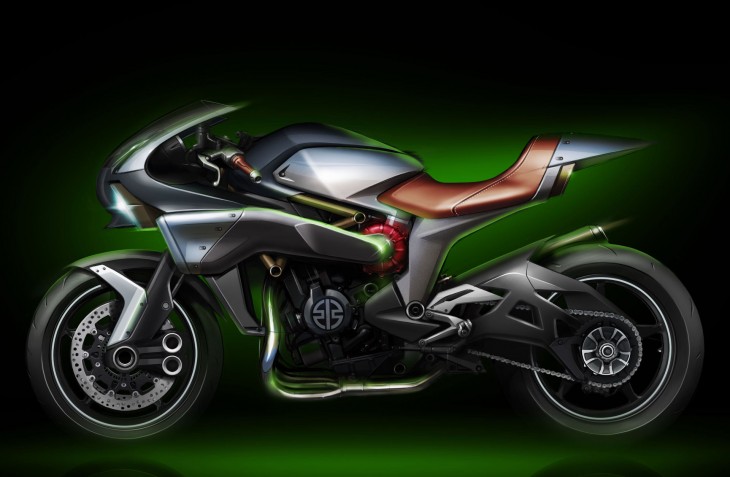


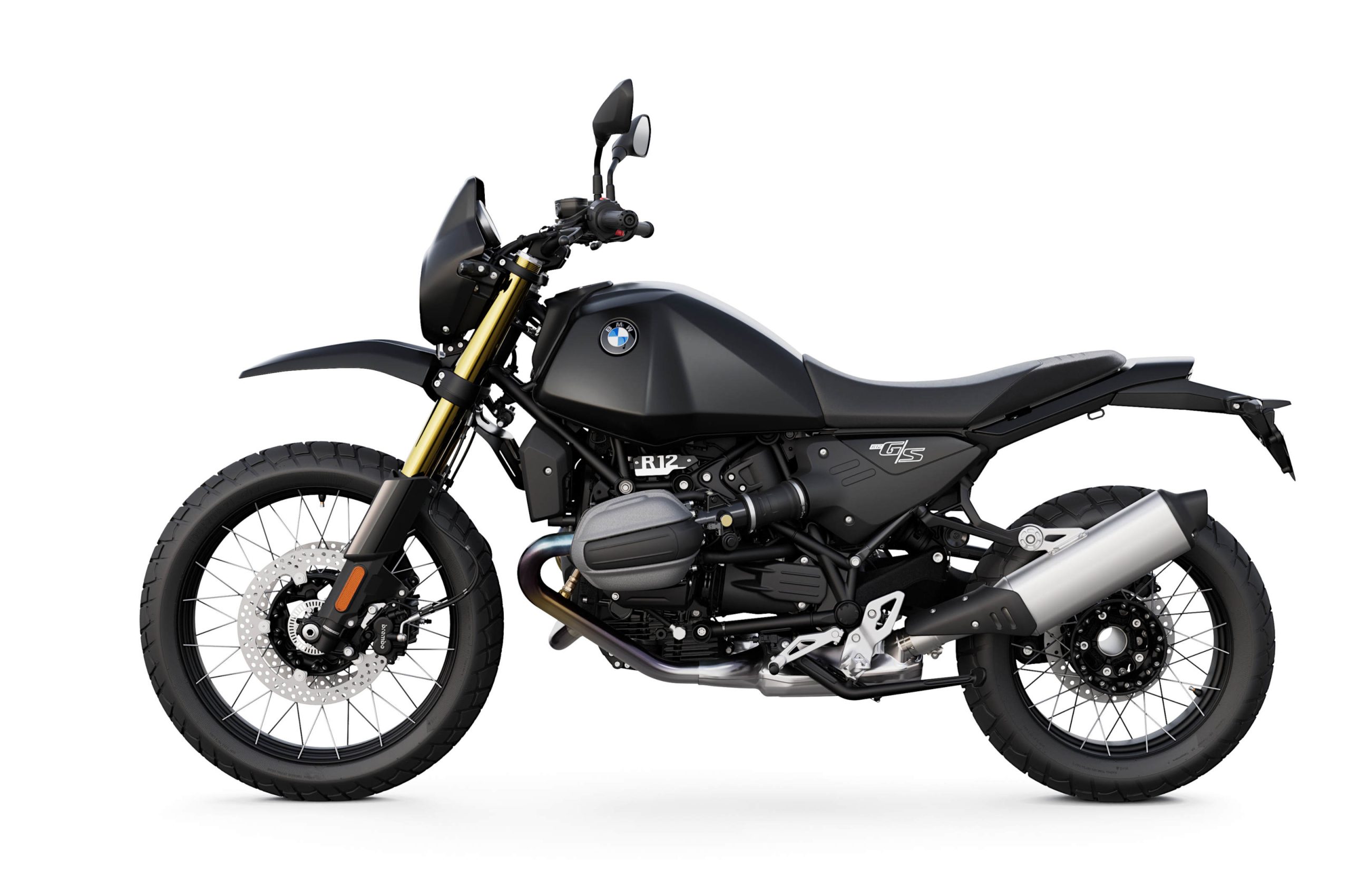
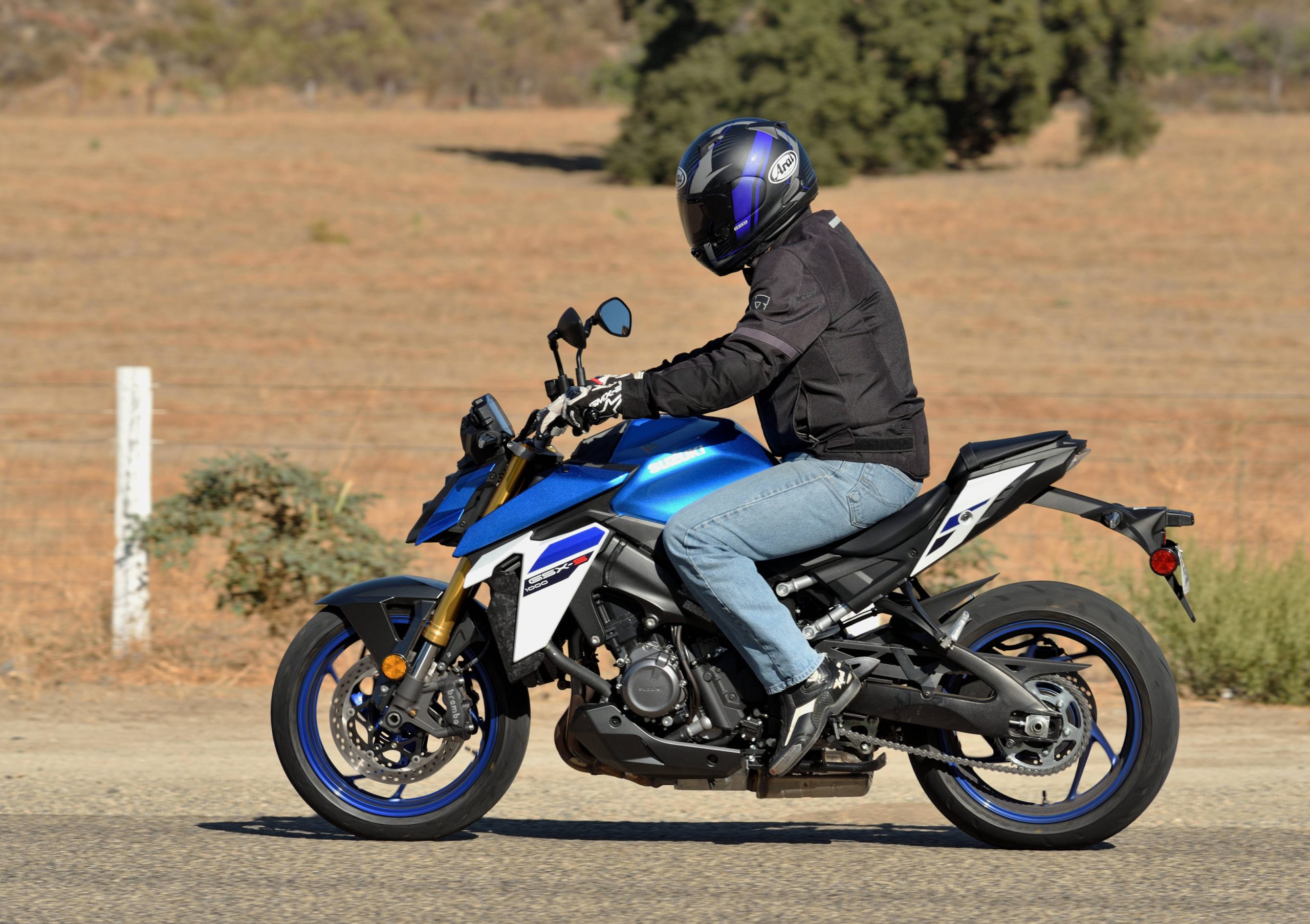
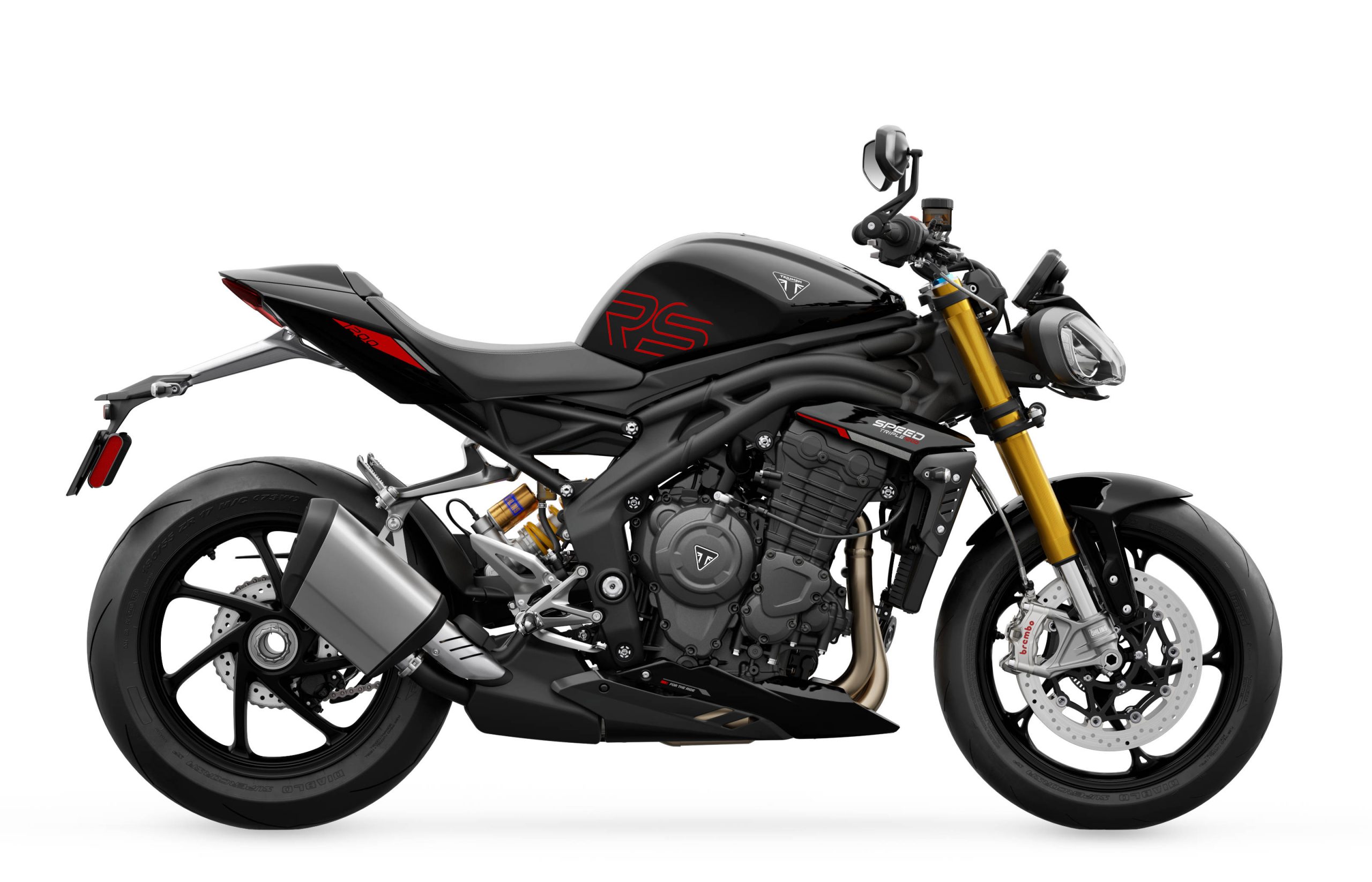
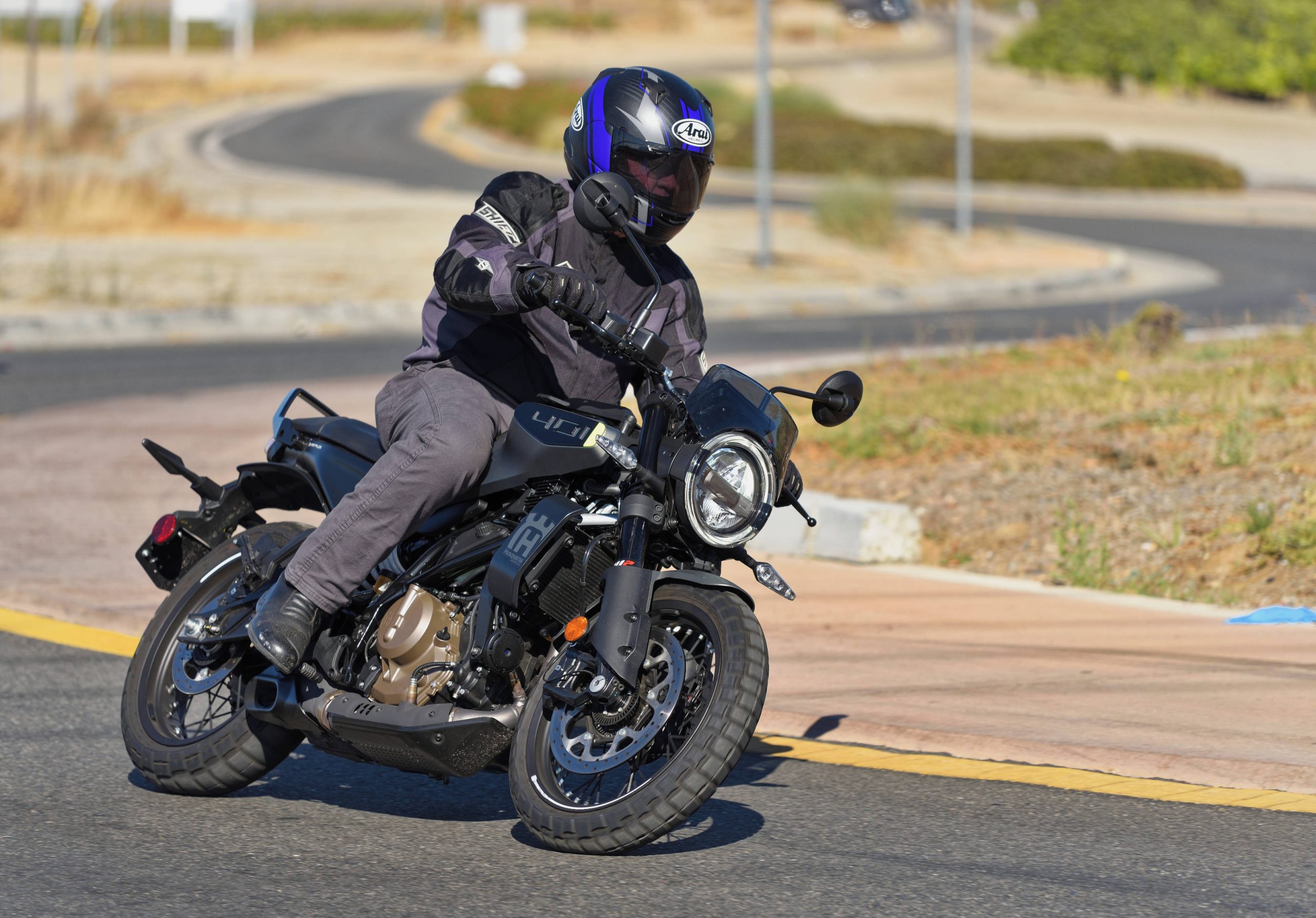
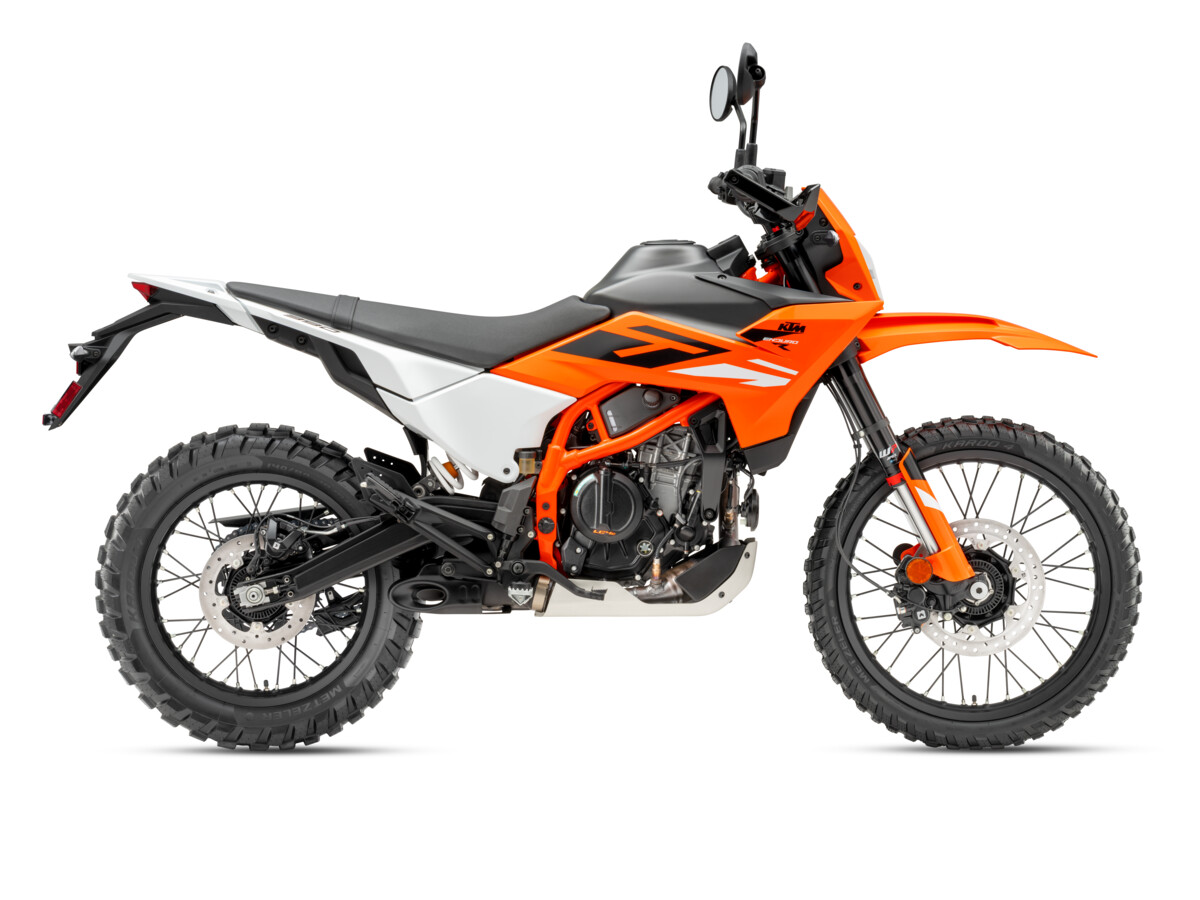
These are global products for Global markets. Everywhere, pressure is on to reduce emissions, quieten the noise of ICE’s. How do manufacturers fight back? By getting cleverer: Forced induction is a `simple` by-product of reducing the smells and increasing the miles. Look at the specs for these motors and you quickly see that they are taking the same route as small-engined cars in World markets – Audi sell twin-turbo’d one litre engine cars as daily drivers, the average size of a car engine has fallen from 1.6 litres to just 1.3 litres in less than 10 years.
There are sidebar benefits to using forced induction that have nothing at all to do with whether we `like` the power they make or not. Quieter exhaust and reduced tailpipe emissions being but two. Increased MPG is a benefit all of us in the developed world can quantify very quickly, given escalating fuel prices.
You will have to get used to it, because it’s the future – boosted induction is used to increase torque, not horsepower. By increasing the RPM range between peak torque and peak power, and boosting that torque, you can have your fun, without breaking the legislative limits. Lower rpm means less noise, fewer emissions and more yardage per `bang` as you can lengthen the gearing… without killing the fun quotient.
I think multilevel product offerings is where forced induction will take us. Right now, a step up in performance requires a completely new bike, e.g. the Versys 650 and 1000.However, it would offer some additional economies of scale of those product tiers were the Versys 650 and 650SC. Same basic bike bike with only the necessary changes to the base engine and addition of the SC. The consumer gets just as much bike, Kawasaki enjoys lower production cost. Win, win.
What’s the advantage/upside here? Increasing cost/complexity to add horsepower that 99% of street riders can’t even handle? I’m all for technology, but this movement just seems like a gimmick that appeals to people who like to whip out spec sheets for bragging purposes.
It’s tech and that always draws a certain crowd. But tech can also increase costs, something many motorcyclists or would be motorcyclists are hesitant to do. In the car world forced induction, especially turbos, are getting more mainstream. They are being utilized to boost smaller displacement engines performance while allowing better fuel mileage. Is this something that would catch on in motorcycling? Maybe, maybe not? Many bikes already get very good mileage and those that don’t are more the equivalent of supercars and the hell with mileage! Unless Kawasaki, or anyone else, can produce turbo bike engines at reasonable cost that makes sense to riders, it may not go far.
I love Kawasaki principle #2 – “fun and rewarding to control” Yes, that principle was superbly manifested in the creation of the H3, and jesus wept… That said, motorcycle manufacturers do need to change some things. I own a 2008 BMW K1200gt that I used for getting to work, city riding. Admittedly it’s overkill, but the hard bags and trunk allowed me to carry my computer bag and office shoes, and stash my riding pants at destination along with my helmet. I could stuff the jacket in a pannier if I wanted to and apart from the boots (I could go all out and change them in the parking garage too but that’s silly) no one would know I rode a bike in. It gets 34 MPG city. It was twice as efficient as my former car, a Subaru WRX. Now I own a Ford C-Max and it gets 43-44 MPG dead on in the city and I don’t have to shuck my riding pants, carry my shoes in a bag, any of that. Maybe a Versys with full pannier/topcase would get me above 40 MPG, but I’d still be at the mercy of rain, ice, snow, etc. I’ve ridden bikes as transportation for most of my adult life, and this is the first time I’ve given them up. They just do not stand up to a modern hybrid car in terms of economics. The C-Max was bought new for $20K out the door. That just rubs salt in the wound when you look at a BMW or Triumph big touring bike’s price.
Motorcycles haven’t stood up favorably to cars since cars like the Civics and Corollas came out when it comes to economy of driving per mile, particularly once you get above 250cc. It’s false economy to think you are saving money by riding a bike to work. Gas mileage is a little better on the bike usually, but maintenance costs on the bike will eat you up. Particularly tires (rears last maybe 10 thou fronts a little more) brake pads (brake pads go less than 20,00 miles per wheel) and on a chain driven bike chains and sprockets )30,000 miles a set. Tune up requirements (most cars recommend 100,000 miles between tune up and you never have to have your valves checked or adjusted) whereas most bikes require some kind of engine maintenance every 8 to 12000 miles. Parts and labor for above maintenance are crazy compared to car repairs as well. Plus riding gear is really expensive as well which is not required for a car. And in the end the bike rider still has to put up with heat and cold, and rain and snow and what to do with riding gear when you get to work and carrying items you need for work. No, we ride motorcycle (for work or play) because we love riding motorcycles. Claiming anything else (like economy) is just to convince others (like the significant other) that it’s cheap transportation when in the end, it’s all about fun.
I commuted by motorcycle for 17 years and tracked expenses. I was astonished how much driving an “economic” motorcycle to work actually cost me. Good thing it was fun.
“Why are we seeing another swing at supercharging?” I think there is an 800 lb gorilla in the next room nobody is talking about. There are three markets. Touring (including ADV), around town, and SPEED. The electrics are making tremendous advances that will take ever increasing percentages of the “around town” and SPEED markets. The SPEED market doesn’t care about cross country. When electrics, with their maximum torque at zero RPM, manage to get 200 miles per quick-charge, and start blowing the mirrors off of
ICE bikes, the ICE manufacturers are looking at the future. They will need higher output from reduced displacement, weight and fuel consumption to stay competitive. Think about this. The electrics are trying to get competitive now. What happens WHEN THEY ARE? I am friendly with Japanese engineers and they think 20 years into the future.
If the industry would stop pretending that outboard motors and snowmobiles don’t exist and start making DI two strokes. Wouldn’t all this forced induction monkey business go away?
Would be interesting to run down a list of pros & cons, both real or perceived, regarding DI two-strokes. I don’t think it’s just a matter of “pretending they don’t exist” however. Several motorcycle manufacturers build, or have built, outboards and snowmobiles themselves. If DI two-strokes were the answer I’d think someone would have jumped by now.
“If the industry would stop pretending that outboard motors and snowmobiles don’t exist and start making DI two strokes. Wouldn’t all this forced induction monkey business go away?”
Only if we can all stop pretending that the EPA exists.
In any case, I don’t think two strokes are the answer despite my own affection for them.
re: “the Balanced Supercharged Engine”
wait, what, whah…?
Horse Feathers Kawasaki H2 is only as good as a BMW S 1000RR and the BMW is thousands cheaper. Roughly the same street performance in 1/4 mile and top end , I bet the BMW is quicker around the track. Over blown and over priced.
In the eighties, the forced induction idea was presented by the manufacturers, and as it seemed to be evident then, it was easier and less costly to just make a larger engine, if more power was needed.
That forced induction (on a smaller engine to make it compete with larger) is simpler, lighter, less costly, is not true.
Besides styling, power and less weight seems to be the most desirable attributes in a motorcycle.
Both of those are easily surpassed in many of the sporting models, without forced induction. The only other factor to install this, would be emissions?
So a lighter more nimble 650 or 500 with the power of a 1000 isn’t a good idea?
Sounds like a no brainer to me.
You’re assuming the weight (and size) added by supercharging components will add up to less than making the cylinders a bit larger. Which may, but then again may not, be true.
As far as I’m concerned, Kawis own 636 already has as much street usable power as a 1000, and is decidedly nimbler, so that particular holy grail is already found. Simply firing it up to idle for a minute in the garage makes my eyes burn, though, just as any highly tuned sportbike. So it sure isn’t the cleanest running ICE powered device out there.
In the US, with a 100-1 ratio of car-to-bike miles driven, that isn’t that big a deal. But in crowded Asian and Mediteranean cities with much higher rider proportions; if forced induction can retain performance and rideability while running cleaner, that may be just what the doctor (literally…) ordered.
you are assuming a forced induction 500, with all the necessary add ons, would be lighter/nimbler, which it isn’t necessarily, when you add up all the accessory parts to force induction, not to mention the cost increase. Do your research, a brain is needed.
The old adage “Trying to get a quart out of a pint pot” has some relevance with forced induction – it’s the innovators dream and part of the evolutionary nature of competition.
Raising the technology and manufacturing standards to provide higher engine outputs from physically smaller engines is a very positive direction for weight sensitive applications like motorcycles.
The technology is well understood but advances are always possible (ceramics, bearings etc) The challenge is to keep the end-user cost minimised and product service life maximised.
Forced induction engines haven’t often achieved lighter weight, at least not at modest power levels and good reliability. The engine itself is smaller/lighter, but the added plumbing and necessary cooling equipment usually eats up the difference. In small aircraft, where forced induction is most advantageous (altitude), normally aspirated engines continue to be in the majority for these reasons.
Kawi has a jump start now on forced induction with their supercharger but can it be reliable and cost competitive? New engine designs aren’t cheap. Others might be tempted to go turbo but the ease of raising the boost makes turbo a problem.
“Exciting and clean…”
Remember when Obama campaigned for President, and then-Senator Joe Biden called Obama “…a nice, clean man?…”
Yeah. Obama kicking at Romney in turn 14 was dirty. (The post count is kinda low for this article. Needed something to give it a boost…)
If a better motorcycle will be built Kawasaki will do it, I have a W650 and want a W800, I will not buy a Bonneville no matter what the price. Kawasaki=let the good times roll.
I’m glad I don’t place all my marbles into just one basket.
I’ve kind of come to realize the product designers and planners at Kawasaki think more like me than those at other makes as well. From my perspective, they just seem to “get it” more consistently than any of the others. That whole “power and gentleness” thing isn’t just admen speaking.
“Gentle”, “Kawasaki”, and “supercharging” are three words I would have never expected to see in the same paragraph.
Principle 4: Do not contradict ourselves
“Kawasaki motorcycles are not commuters designed for convenience and comfort.” Sort of conflicts with the Versys, doesn’t it?
Have you ridden a Versys? I’ve had a lot of bikes, including a couple of sport bikes, and the Versys was a blast…great handling and very adept at wheelies. One of my favorite bikes I’ve ever owned, even if it didn’t have the quarter mile times of some of the others. One major bike magazine didn’t name it motorcycle of the year because it was bland. I will concede it isn’t a great looker, but it has a great fun factor.